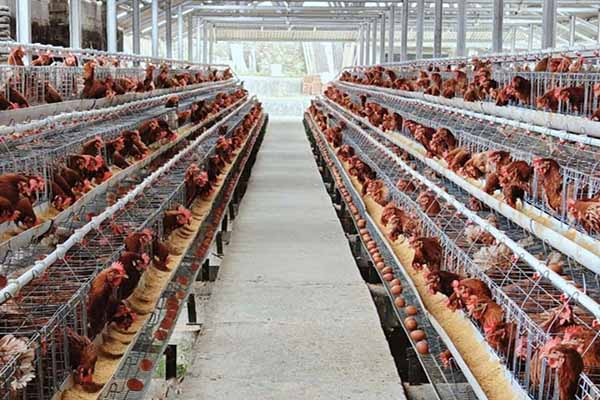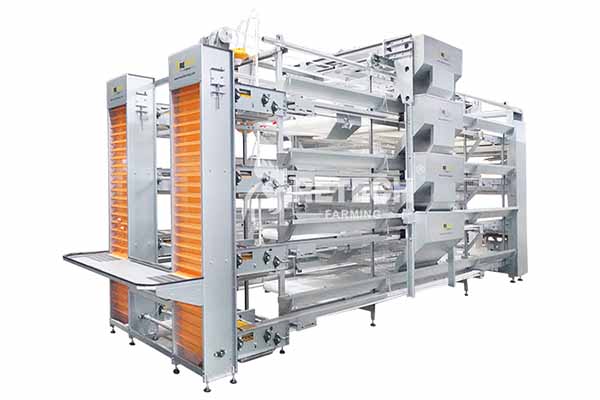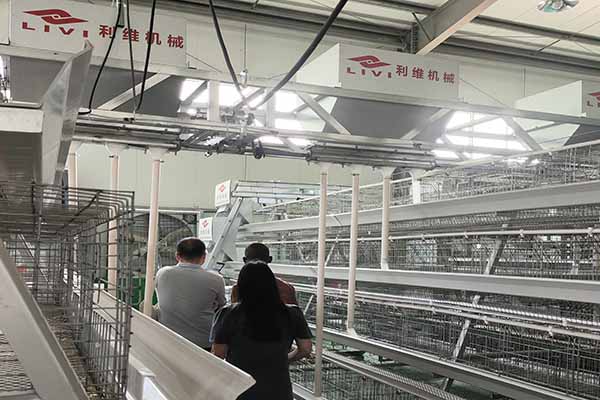Optimizing Chicken Cage Structures for Enhanced Egg Production on Your Farm
Efficient egg production in chicken farms largely depends on the design and structure of the chicken cages. The right chicken cage structure can significantly impact egg yields and overall farm productivity. In this article, we will delve into the various chicken cage structures available for egg production farms and how they can optimize your operation.
Types of Chicken Cage Structures for Egg Production Farms
- Deep-Litter Systems:
- Free-Range Systems:
- Barn-Raised Systems:
- Wire Mesh Cages:
- Roller cages:
- Vertical Layer Systems:
1. Deep-Litter Systems: These are suitable for small to medium-sized farms. Hens are provided with a bed of bedding material such as wood shavings or straw. It’s an economical choice and reduces the risk of disease compared to traditional battery cages.
2. Free-Range Systems: These allow hens to roam freely in a restricted outdoor area, providing natural foraging. However, it requires a higher level of biosecurity to prevent the spread of diseases.
3. Barn-Raised Systems: Barn-raised hens have access to a building where they can roost and lay eggs, while also being able to move outside for foraging. This method combines aspects of free-range and conventional systems.

4. Wire Mesh Cages: Commonly used in commercial settings, these provide good airflow and ease of management. They are often designed with slatted floors to reduce moisture and feces buildup.
5. Roller cages: Designed for higher stocking densities, roller cages provide easy cleaning and disease control. The eggs are automatically collected from the bottom of the cage, making it highly efficient.
6. Vertical Layer Systems: These systems stack cages vertically, making efficient use of space. This is a cost-effective solution for large-scale egg production farms, but requires careful planning for air circulation and waste management.
Key Considerations for Choosing Chicken Cage Structures
- Farm Size and Budget:
- Disease Control and Biosecurity:
- Airflow and Temperature Regulation:
- Egg Collection Mechanism:
- Maintenance and Cleaning:
When selecting a chicken cage structure for your egg production farm, consider the following factors:

- Farm Size and Budget: Ensure that the system fits within your farm’s scale and financial constraints.
- Disease Control and Biosecurity: Opt for designs that minimize the risk of disease transmission.
- Airflow and Temperature Regulation: A well-ventilated environment promotes hen health and productivity.
- Egg Collection Mechanism: Select a system with an efficient egg collection process.
- Maintenance and Cleaning: The chosen structure should be easy to clean and maintain to ensure long-term productivity.
Implementing the right chicken cage structure can make a substantial difference in your farm’s performance. Cont act Livi Machinery for a free, customized chicken farming design and equipment quote to optimize your egg production.
act Livi Machinery for a free, customized chicken farming design and equipment quote to optimize your egg production.




